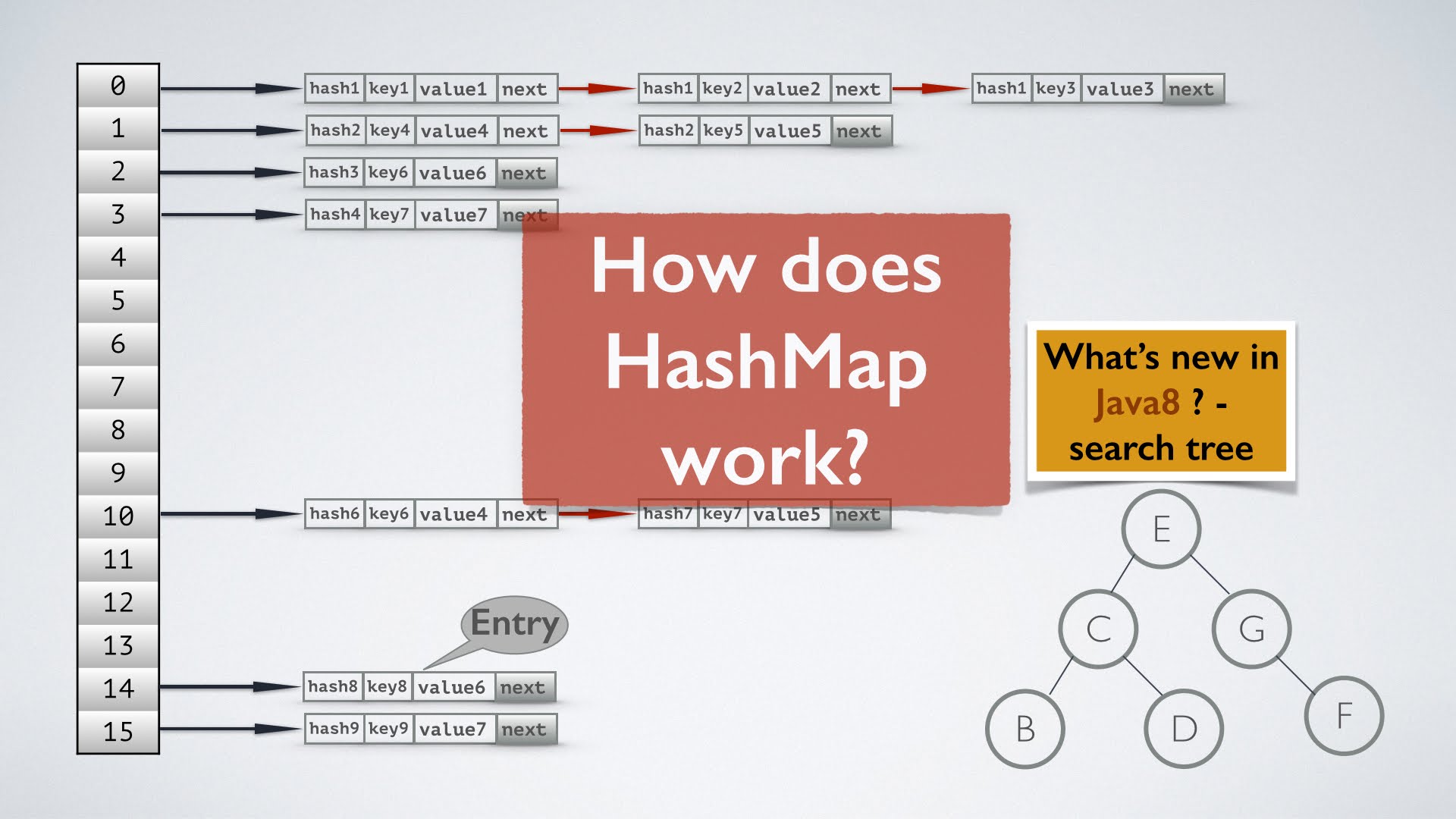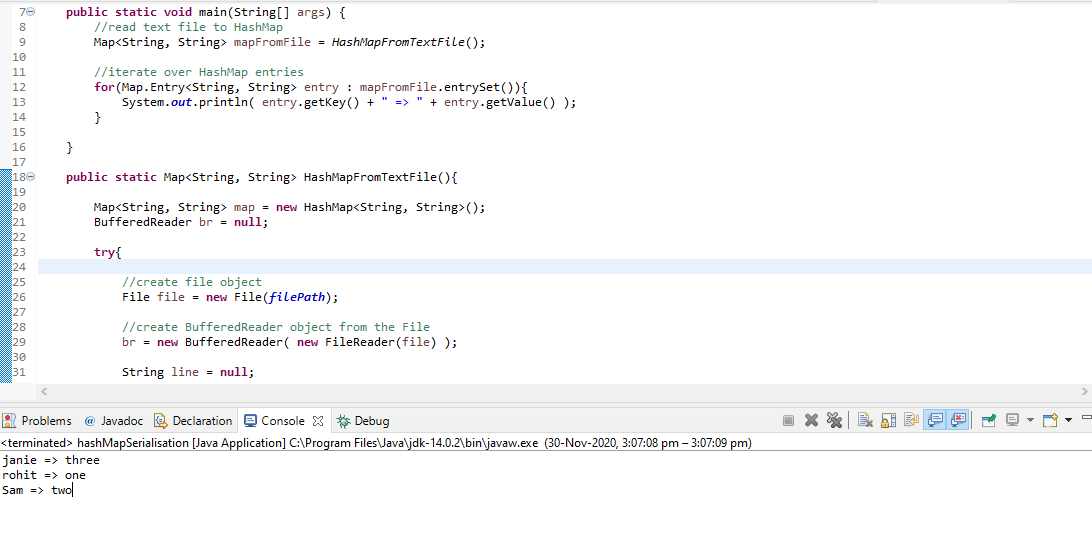
Nested classes/interfaces inherited from class java.util. Therefore, it would be wrong to write a program that depended on thisĮxception for its correctness: the fail-fast behavior of iterators Throw ConcurrentModificationException on a best-effort basis. Presence of unsynchronized concurrent modification.

Note that the fail-fast behavior of an iterator cannot be guaranteedĪs it is, generally speaking, impossible to make any hard guarantees in the Modification, the iterator fails quickly and cleanly, rather than riskingĪrbitrary, non-deterministic behavior at an undetermined time in the Remove method, the iterator will throw ConcurrentModificationException}. The iterator is created, in any way except through the iterator's own The iterators returned by all of this class's "collection view methods"Īre fail-fast: if the map is structurally modified at any time after Map m = Collections.synchronizedMap(new HashMap(.)) This is best done at creation time, to prevent accidental If no such object exists, the map should be "wrapped" using Collections#synchronizedMap Collections.synchronizedMap} Synchronizing on some object that naturally encapsulates the map. Structural modification.) This is typically accomplished by That adds or deletes one or more mappings merely changing the valueĪssociated with a key that an instance already contains is not a (A structural modification is any operation The threads modifies the map structurally, it must be If multiple threads access a hash map concurrently, and at least one of Note that this implementation is not synchronized. If many mappings are to be stored in a HashMap instance,Ĭreating it with a sufficiently large capacity will allow the mappings toīe stored more efficiently than letting it perform automatic rehashing as Than the maximum number of entries divided by the load factor, no Into account when setting its initial capacity, so as to minimize the TheĮxpected number of entries in the map and its load factor should be taken Higher values decrease the space overheadīut increase the lookup cost (reflected in most of the operations of the Structures are rebuilt) so that the hash table has approximately twice theĪs a general rule, the default load factor (.75) offers a good tradeoffīetween time and space costs. When the number ofĮntries in the hash table exceeds the product of the load factor and theĬurrent capacity, the hash table is rehashed (that is, internal data Get before its capacity is automatically increased.
#HASHMAP JAVA FULL#
Load factor is a measure of how full the hash table is allowed to TheĬapacity is the number of buckets in the hash table, and the initialĬapacity is simply the capacity at the time the hash table is created. Performance: initial capacity and load factor. Thus, it's very important not to set the initialĬapacity too high (or the load factor too low) if iteration performance isĪn instance of HashMap has two parameters that affect its

#HASHMAP JAVA PLUS#
HashMap instance (the number of buckets) plus its size (the number Iteration overĬollection views requires time proportional to the "capacity" of the

Operations ( get and put), assuming the hash functionĭisperses the elements properly among the buckets. This implementation provides constant-time performance for the basic The order of the map in particular, it does not guarantee that the order Unsynchronized and permits nulls.) This class makes no guarantees as to (The HashMapĬlass is roughly equivalent to Hashtable, except that it is

Implementation provides all of the optional map operations, and permits Hash table based implementation of the Map interface. All Implemented Interfaces: Serializable, Cloneable, Map Direct Known Subclasses: LinkedHashMap, PrinterStateReasons


 0 kommentar(er)
0 kommentar(er)
